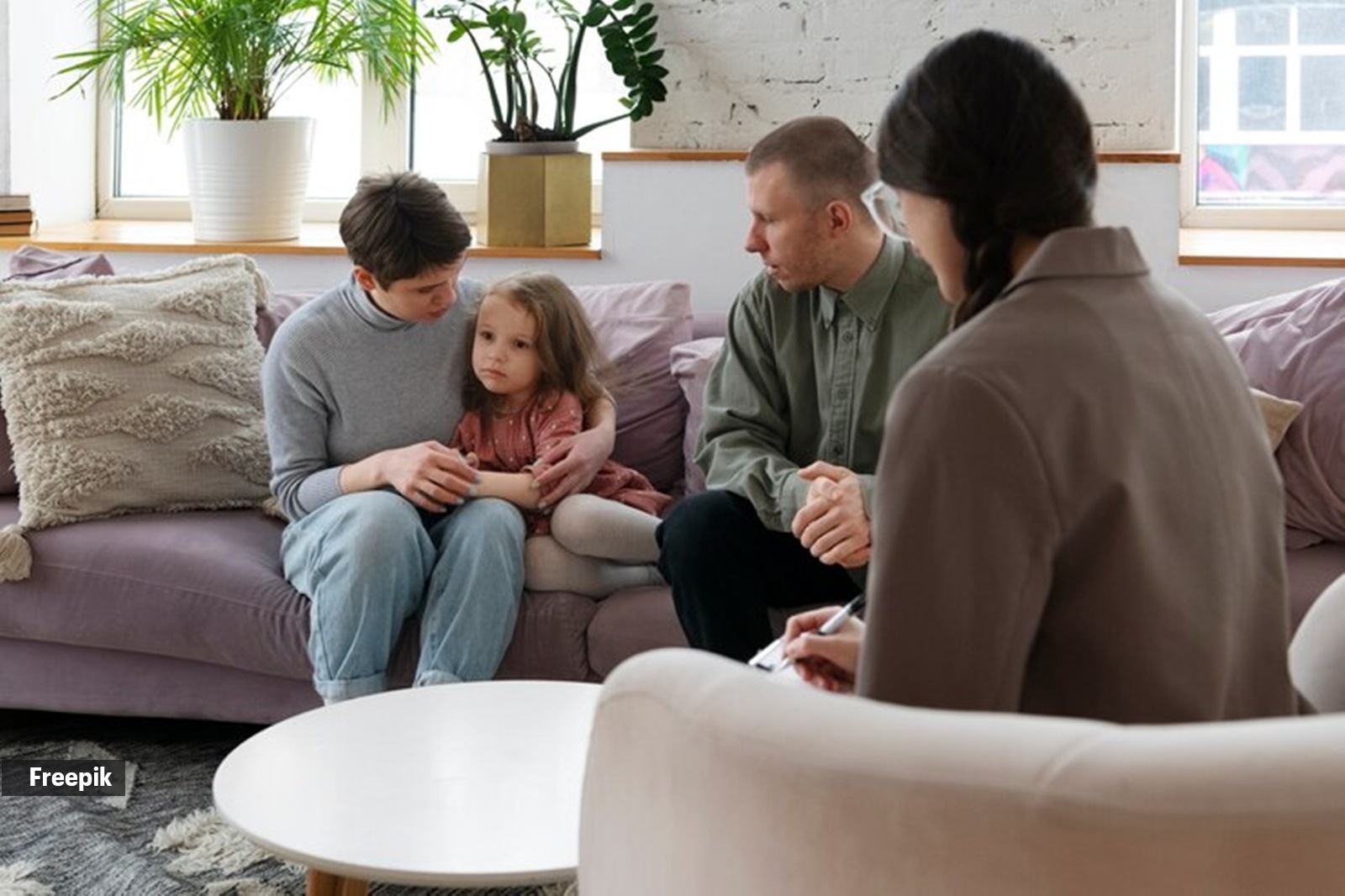📣 For more lifestyle news, click here to join our WhatsApp Channel and also follow us on Instagram
‘The two of us go to a therapist for our relationship’: Aamir Khan on why he and daughter Ira chose joint therapy
“I'm a fairly intelligent guy. I can think things through. I'm a sensible guy. If there's an issue, I can sort it out for myself. But no, I can't,” Aamir Khan said.
 "Therapy is so helpful," Aamir Khan said.
"Therapy is so helpful," Aamir Khan said.In a clip shared by Netflix India, where actor Aamir Khan appeared with his daughter Ira Khan to discuss mental health with the host, Dr Vivek Murthy, the actor revealed that they have been attending joint therapy to address issues in their relationship.
He said, “Therapy is so helpful. I think she (Ira) pushed me down that path. I would strongly recommend therapy to anyone who feels the need for it. It has been helpful for me. In fact, Ira and I also have started joint therapy. The two of us go to a therapist for our own relationship. To work on how to make that better and issues which have been there for over years.”
Khan asserts the importance of therapy later during the interview as well. “Therapy is a very powerful thing. I’m a fairly intelligent guy. I can think things through. I’m a sensible guy. If there’s an issue, I can sort it out for myself. But no, I can’t. It doesn’t matter how intelligent you are. It doesn’t matter how worldly-wise you are. We know so little about our minds… That a person who has a lot more knowledge and has got the basics right really helps you in leaps and bounds to understand it,” he added.
The actor highlighted how this experience has helped them navigate their challenges and strengthen their bond. Ira also shared that working on your relationship with your parents is very important.
What is joint therapy?
To understand the concept of joint therapy further indianexpress.com spoke to Gurleen Baruah, organisational psychologist and existential therapist at That Culture Thing. She says, “Joint therapy is a collaborative form of counselling where family members work with a therapist to address relationship issues and improve their dynamic. It’s somewhat similar to couples therapy, as the focus is on the connection between participants rather than their individual experiences.”
In joint therapy, both members attend sessions together, allowing the therapist to observe their interactions and guide them in breaking unhealthy patterns, improving communication, and fostering mutual understanding. This process is often accompanied by individual therapy for one or both participants, Baruah adds, depending on their needs.
 The challenges parents and children might face in joint therapy largely depend on the family dynamic (Source: Freepik)
The challenges parents and children might face in joint therapy largely depend on the family dynamic (Source: Freepik)
Benefits of joint therapy for parents and children
Baruah informs, “The emotional benefits of joint therapy for parents and children navigating complex family dynamics are significant. Family relationships often involve layers of unspoken feelings, misunderstandings, and unresolved conflicts. Joint therapy provides a safe, structured space where these complexities can be unpacked with the gentle guidance of a psychologist.”
A key benefit is the opportunity for open and authentic communication, says Baruah. “Therapy allows family members to express their emotions honestly, fostering emotional honesty and vulnerability.”
According to Baruah, joint therapy helps families recognise patterns and roles within their dynamic. “Another emotional benefit is the sense of relief and reflection therapy provides. Joint therapy allows these feelings to surface, helping families collectively process past traumas, grief, or unresolved issues,” she notes.
Potential challenges or obstacles
The challenges parents and children might face in joint therapy largely depend on the family dynamic and the individual members involved, remarks Baruah. “One key factor is whose idea it was to start therapy and whether all members are willingly participating. If some family members feel forced into therapy or are resistant, it can create tension and impact the effectiveness of the process.”
Another common obstacle is lack of participation or openness. Some members might struggle to engage, avoid addressing deeper issues, or feel distrustful of the process. To overcome these challenges, the family must first discuss why therapy is being considered. For reluctant members, the emphasis should be on creating a space of choice, not force — encouraging them to try therapy with an open mind, rather than demanding participation.
📣 For more lifestyle news, click here to join our WhatsApp Channel and also follow us on Instagram


- 01
- 02
- 03
- 04
- 05

























